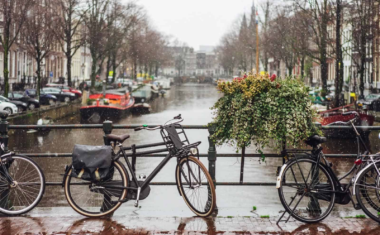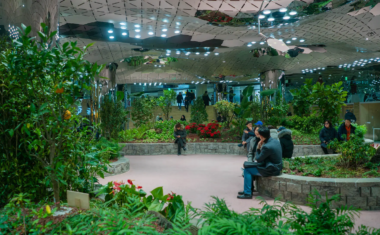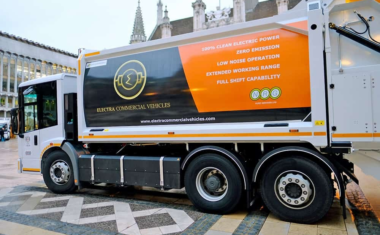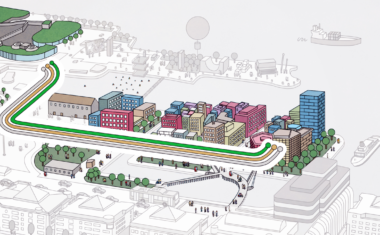Agua A Tu Casa
- 982
- 5 min to read
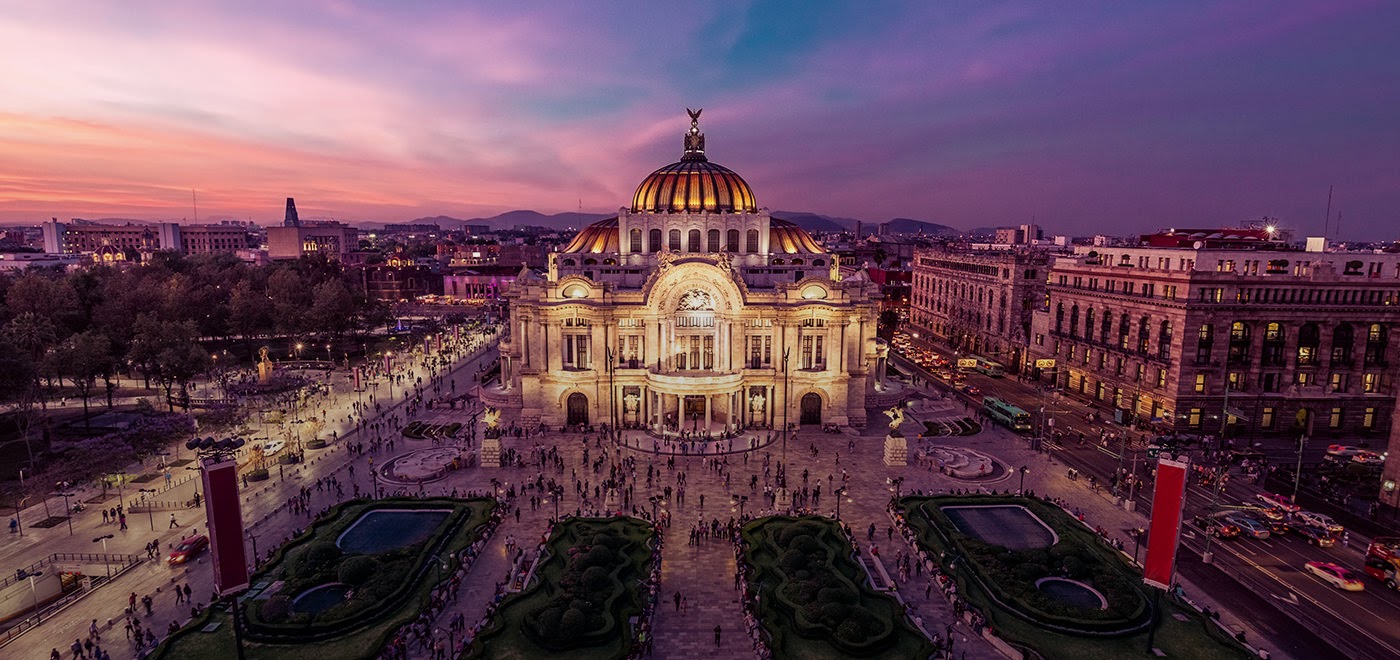
About the city. Factors such as inaccessibility and high population density, along with water and soil pollution, lead to the lack of an adequate supply of drinking water for more than a million people in Mexico City.
Goal
The aim of the project is to solve the problem of drinking water shortage in marginal areas of Mexico City.
Implementation period. The project was launched in 2016.
Fact
-
Water purification systems and drinking devices ensure the quality of water for human consumption by mitigating 99% of pathogenic bacteria, which helps to prevent diseases such as diarrhoea and typhoid fever.
-
About 70% of the city has less than 12 hours of running water per day. In the most affected areas, 18% of the population has to wait several days to get at least an hour or two of supply. The situation worsens during periods of drought.
-
Today, 36% of families in Mexico City do not have adequate access to water and spend up to 20% of their incomes to buy trucked water.
Solutions
The Government of Mexico City has signed an agreement with the Mexican National University UNAM to jointly improve the implementation of the rainwater harvesting program “Agua a tu Casa” (water to your house). In 2016, Mexico City launched the “Agua a tu Casa”.
Members of UNAM’s water management and reuse program Pumagua provides their expertise to assist the local government in conducting water meter inspections, as well as in carrying out leak detection studies in the rainwater harvesting systems that have already been installed in the city.
“Agua a tu Casa” involves the use of rainwater to alleviate water scarcity in the capital. The first phase involved the installation of rainwater collection systems in the six areas of the city that are most affected by water scarcity.
Through the installation of rainwater collection systems and water treatment technologies in homes, apartments and public buildings, 75 million litres of water have been saved since the implementation of the program. One of the main goals is to consolidate the reuse of rainwater in the city, which will avoid overexploitation of aquifers and groundwater systems, the latter of which is already sinking to 40 cm per year.
By the beginning of 2017, Mexico City’s government had installed 474 rainwater collection systems. Additional funds have already been allocated for the installation of systems in five low-income housing projects, as well as in some public sports facilities.
This program focuses not only on water conservation: It has also become a major part of the city’s social policy with its efforts towards gender equality. To promote the empowerment of women affected by domestic violence, the city offers these women training in the installation and maintenance of rainwater harvesting systems.
Team
Mexico City, Mexico’s national university UNAM
Timeline
- According to the government, about 117million litres of rainwater was collected in 2016, which would have cost about 800,000 pesos (US$36,000) if it had been purchased from a utility.
- Since its implementation, about 500 rainwater harvesting systems, water purification technologies, and drinking devices have been installed, benefitting 56,320 people.
If you notice an error or inaccuracy in our editorials, please email [email protected] so we can look into it.


